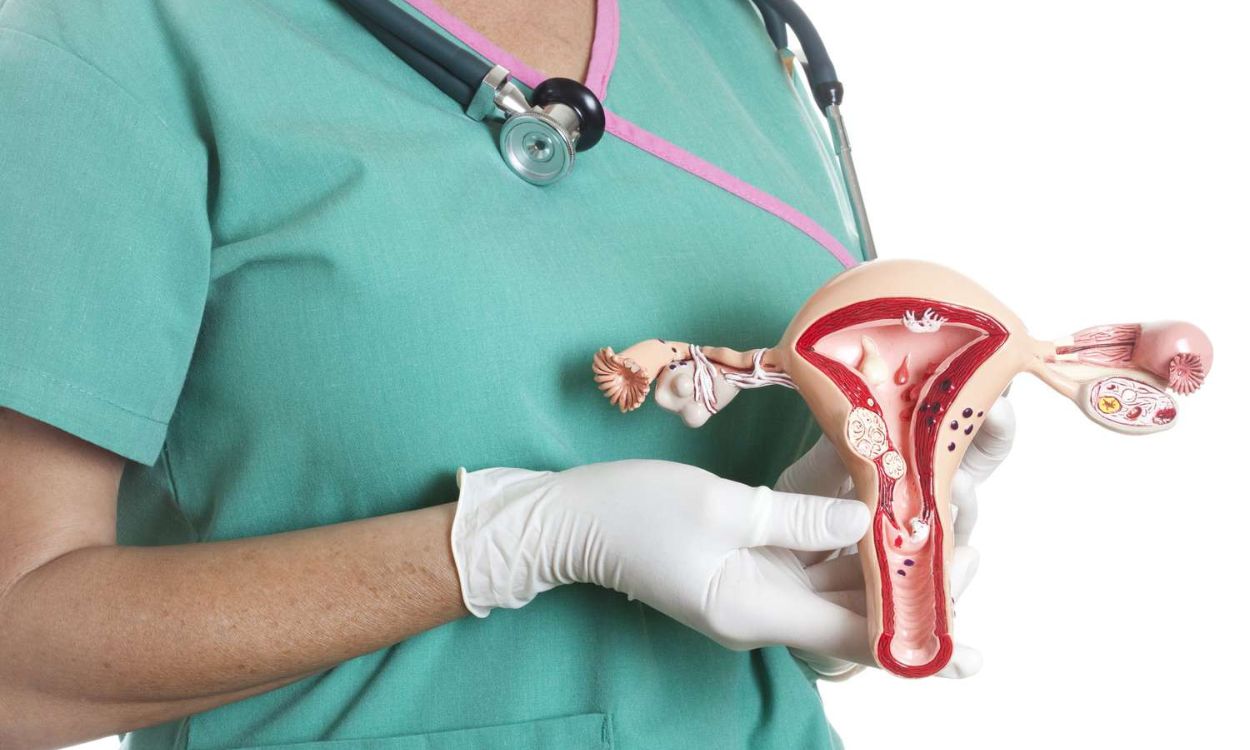Understanding Endometrial Hyperplasia – A Comprehensive Guide
Endometrial hyperplasia is a medical condition that affects women, particularly those who are in their reproductive years. It is a condition where the lining of the uterus, known as the endometrium, becomes thicker than usual. This condition is caused by an overgrowth of cells in the endometrium, which can lead to abnormal bleeding and other complications.
In this article, we will discuss everything you need to know about endometrial hyperplasia, including its causes, symptoms, diagnosis, and treatment options. We will also explore how Fitpaa can help you manage this condition and achieve your health and fitness goals.
Causes of Endometrial Hyperplasia
Endometrial hyperplasia is caused by an imbalance of hormones in the body, particularly estrogen and progesterone. Estrogen is responsible for thickening the endometrium, while progesterone helps to shed it during menstruation. When there is an excess of estrogen in the body, it can cause the endometrium to grow too thick, leading to hyperplasia.
Other factors that can increase the risk of developing endometrial hyperplasia include obesity, diabetes, high blood pressure, and a family history of the condition.
Symptoms of Endometrial Hyperplasia
The most common symptom of endometrial hyperplasia is abnormal uterine bleeding, which can include heavy or prolonged periods, bleeding between periods, and postmenopausal bleeding. Other symptoms may include pelvic pain, bloating, and discomfort during intercourse.
Diagnosis of Endometrial Hyperplasia
If you are experiencing any of the symptoms of endometrial hyperplasia, it is important to see a doctor for a proper diagnosis. Your doctor may perform a pelvic exam, ultrasound, or biopsy to determine if you have endometrial hyperplasia.
Treatment of Endometrial Hyperplasia
The treatment for endometrial hyperplasia depends on the severity of the condition. In some cases, hormonal therapy may be prescribed to regulate the levels of estrogen and progesterone in the body. In more severe cases, surgery may be necessary to remove the thickened endometrial tissue.
How Fitpaa Can Help
Fitpaa can help you manage endometrial hyperplasia by providing personalized nutrition and exercise plans that are tailored to your specific needs. Our team of experts, including nutritionists, fitness coaches, and doctors, will work with you to develop a plan that will help you achieve your health and fitness goals while managing your condition.
Our Fitpaa Capsule is a combination of medical therapy, medical exercise therapy, medical nutrition therapy, and cognitive behavior therapy that is designed to optimize your metabolism and help you achieve your health and fitness goals with a 100 percent guarantee. Our real-time guidance technology will keep you motivated and inspired throughout the day, helping you to take necessary actions to get the desired results.
Conclusion
Endometrial hyperplasia is a common condition that affects many women. If you are experiencing any of the symptoms of this condition, it is important to see a doctor for a proper diagnosis and treatment. With the help of Fitpaa, you can manage your condition and achieve your health and fitness goals with guaranteed results. Download the Fitpaa app today and take the first step towards a healthier, happier you.









